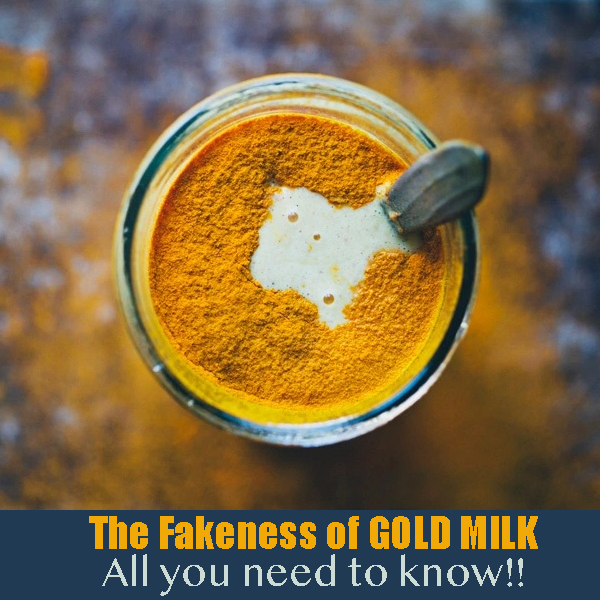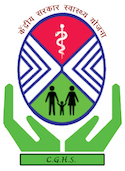Vamana is a therapeutic procedure to eliminate the vitiated Kapha Dosha through vomiting.
Kapha is the main target in Vamana. Increased Kapha always leads to slowness in the body. Because this dosha is slow, unctous and sticky. So are the diseases caused by this.
Aggravated Kapha can cause simple problems like- cough and cold. And can be complicated like Asthma, Allergies and Obesity. When aggravation is of small scale, prescription is- oral medicines. But in complicated conditions, Vamana is preferred.
The main idea of Vaman is to expel extra and vitiated Kapha. But along with Kapha, Vaman helps in balancing the Pitta Dosha too.
This is one of the part of the Shodhana, method of treatment. Certainly it sounds very strange when we say, it removes or expels one dosha. Here reference of Dosha is not in terms of Dosha alone. Sharangdhara, an author of Ayurvedic book- Sharangdhara Samhita quotes, when Doshas are vitiated and these cause turbidity in the body. These doshas are- Malas (Waste products). Therefore in process like Vamana and Virechana we expel more of mala part of Doshas.
These malas cause immense damage to the body. Therefore it is important to remove these from the body.
Vamana Karma: Part of Panchakarma
Vamana karma works in many diseases. Besides this, Vamana can be done to manage health. This is part of the seasonal shodhana. In spring season- when kapha is on a surge. Vamana helps in bringing back the doshas in normal. So Vamana helps in cure as well as in prevention of diseases.
Among all the five panchakarma therapies. Vamana is the most precarious. Because in Vamana damage to the nerve reflexes can take place. And along with this, Vamana impacts body overall. When we induce human body to vomit- your cardiac and nervous system, everything activates. Therefore you should never try Vamana by your own.
Vamana or any of the panchakarma procedure should not be done at home. Without a properly trained physician, these can cause permanent complications to you.
Procedure of Vamana
The whole procedure of Vamana completes in three steps-
- Purva Karma: Early preparation of Patient for Vamana.
- Pradhan Karma: the main course of treatment.
- Paschat Karma: conclusion part of the procedure.
Purva Karma: The preparatory phase
This is the preparatory phase of Vamana. Where a physician prepares the body of patient for Vamana. This phase includes the following steps-
- Snehana: Medicated ghee is used to oleate the body, internally. Selection of ghee is according to condition, prakruti of patient and disease. The medicated fats helps to solute the deep seated toxins. This process takes 3, 5 or 7 days to achieve the proper condition of patient.
- Swedana– steam follows along with external application of medicated oils.
- Vitiation of Kapha: Diet to increase the Kapha is given to patient on the previous evening of Vamana procedure.
Pradhan Karma: The main phase
This is main phase or main part of the process, where Vaman takes place. This process completes in different steps-
- The main procedure takes place early in morning.
- Physician tells patient to take milk.
- After milk medicines for Vaman are given to patient.
- The medicine helps in initiating the process of Vamana.
- A vaidya continuously observes the patient and makes further decision.
Mode of action of Vamana herbs:
As Vamaka Drugs posses the qualities like ushna (hot), Tikshna (irritating), sukshma (deep penetrating) Vyavayi (spreading speedily). These medicines act by their potency. Vamana medicines spread throughout the body channels immediately. Medicines break up the hard masses of toxins. Toxins, which are already soft by the purva karma (snehana and swedana) producers.
These Vamana drugs make toxins to move out drop by drop without any further adherence. It happens just like water moves inside a pot smeared with oi. Now these toxins gather inside stomach. The Vamana medicines give rise to reflex vomiting.
The completion of procedure depends on the following points-
- Number of bouts of vomiting.
- Quantity of vomitus.
- Condition of the patient.
Pashchat Karma: The post treatment management
Once the process of Vamana completes. Patient needs rest first of all. And because, body needs complete rest. There are restrictions on food. These restrictions are decided according to the final results of the Vamana procedure.
What to Expect from Vamana Procedure
There are certain changes which come through Vamana. Here are these-
- Body becomes lighter.
- Capacity of lungs improve.
- Vamana cleanses the gastric chamber therefore helps in relief of poor digestion and hyperacidity.
- Improves cardiac activity.
- Reduces physical as well as psychological stress.
- Leads to better quality of sleep.
- Increases physical stamina.
- Reduces fat percentage in the body.
- Improves quality of skin.
These are few of the basic changes process of Vamana brings. There are many benefits of this procedure of Panchakarma. And you can avail complete wellness through this.
When should you go for Vamana
When your Ayurvedic Physician recommends you to go for Vamana, only then- this is the best answer to this question. But when you are looking for details. Let’s discuss this in different parts.
For Preventive Aspect:
With seasonal change and faulty lifestyle, human body stores many toxins regularly. These toxins are the root cause for most of the diseases. Conditions like- increase of cholesterol in body, excessive phlegm in respiratory system- are impact of polluted diet and polluted lifestyle- consecutively. Now when we have these conditions. We need to cleanse the body. And this happens well through Vamana.
Vamana helps in cleansing the upper respiratory tract, stomach, oesophagus, duodenum and all nasal sinus.
Vaman For therapeutic purpose
Vamana is panchakarma procedure of choice in- Asthma, Allergies, Skin Diseases, Poor digestion and obesity too. When I say Skin diseases, it covers all conditions like psoriasis, eczema and urticaria.
The main purpose of the Vamana is not just to expel the extra Kapha. These are certain conditions like Asthma and hyperacidity, where the main dosha is pitta. But here pitta is polluting the main place of Kapha therefore it is important to cleanse the base.
So either you want treatment of certain conditions or you are looking for health management- Vamana will help you.
Two types of Vamana herbs exist:
- Vamaka Drugs: – Those that induce vomiting (vamaka). They are hot (circulating throughout the body, loosening and liquefying), sharp (separating qualities), and penetrating (throughout the body). Therapies include kutaj, salt water, liquorice, and vacha.
- Vamanopaga Drugs: – Herbs that further help or enhance the inducing herbs (vamanopaga). Herbs include pippali, amalaki, rock salt, neem, and madana phal.
Contraindication for Vamana therapy
Vamana is not recommended for
- Pregnant women
- In children
- For elderly people.
- Person under stress.
- In case of cardiac problems.
- Patient of high blood pressure.
- In wounded condition.
- Patient who is vomiting already.
- In Eye diseases
- Patient with Hepatomegaly
- In Splenomegaly
- Urinary incontinence.
- Patients of paralysis or neuropathies.
Besides these there are many other conditions in which Vamana is not a procedure of choice.
In any case when you want to go for Vamana, you should consult your Ayurvedic Physician- Vaidya. He can answer properly whether you should go for Vamana or not.














